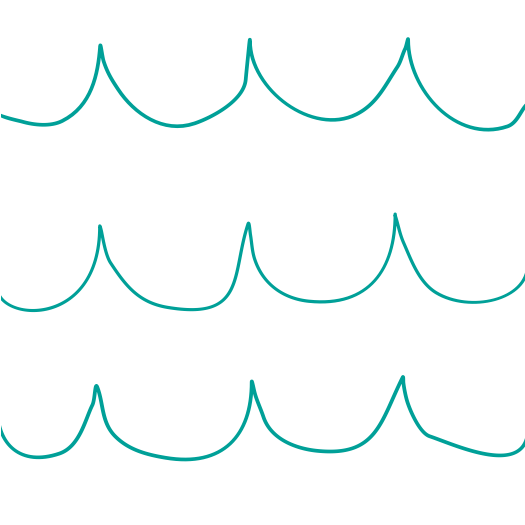DesignThe Future



Thinking Tools fora Resilient Future



Permaculture principles and ethics guide the vision for change.
There’s an idea of a world. A world where people live by three basic principles: care for the earth, care for people and only take your fair share. People in this world have renewable energy in abundance, food in abundance, everything they need to live, in abundance.
Their decisions are guided by ecological principles. They develop systems that allow for the elements within to flourish in their own unique abilities and not take away from the environment in which they exist. In fact, their way of life replenishes what they have used. Wealth in this world is not something to acquire, but something to create, with knowledge and your own two hands. It comes about through functional and practical design, not merely acquisition of aesthetics. Individuals have direct access to the production of their necessities. They can see where their food grows, work the tools to build their surroundings, and have earned a level of self-sufficiency. A self-sufficiency that translates to a combined community, with each individual contributing their yields, their talents.
As of now, this world remains fiction. We can only imagine what it might be like, a sort of utopia accessible only by dream. But this world is not something that I created in my own imagination, it’s one that is at work in the imaginations of many. It represents a paradigm shift in progress and is perpetuated through the work of Permaculture.
Permaculture was developed in the mid 1970’s by Bill Mollison, with intentions to change the way in which we practice agriculture. But it turns out that the way we develop agriculture is deeply correlated with the way we are structured as a society. So permaculture became more about designing systems for living centered around both agriculture and culture. This realization translated to the development of permaculture ethics and principles by David Holmgrem, who developed permaculture alongside Bill Mollison.
The principles and ethics lay a path to change the way of thinking that surrounds our current perceptions. Just like in the practice of setting goals, they lay out an ideal to strive for but not without neglecting the starting place. One cannot travel to a destination without knowing where they begin. Outlining the issues is necessary to find the strategies to create opportunity and not jump from one obstacle to another. The object is design. Design for sustainable production. Production of food and other necessities. A production that is centered around people and communities.
Thus far, we have reached sustainable consumption. This level of production remains far removed from the individual, leaving options limited to changing consumption habits, not production. Making an ecological decision means buying the products labeled ‘green’ or environmentally friendly. Meanwhile, the basic means of production have not changed. Products are still shipped cross country, overseas, and everywhere else in between. And the actual process and implications of it all, well that’s hidden in trade secret. The lure of low prices attached to manufactured goods with high ecological costs leaves little reason for most to find another way.
Finding another way sometimes means just seeing things through a new lens. Perception is the first thing to change when meaningful change takes place. The permaculture principles offer 12 new ways of seeing the world in seven domains of life. When you challenge your ideas of what is possible, you will become one more person building the vision for a new world. That is how the dream becomes reality. To read the principles, check out the Permaculture Principles Website or if you’re really inspired, read Permaculture: Principles and Pathways beyond Sustainability!
Design the future by redesigning your life.
- Permaculture helps you find patterns in the details.
- Use a new way of thinking to create a sustainable culture.
█






